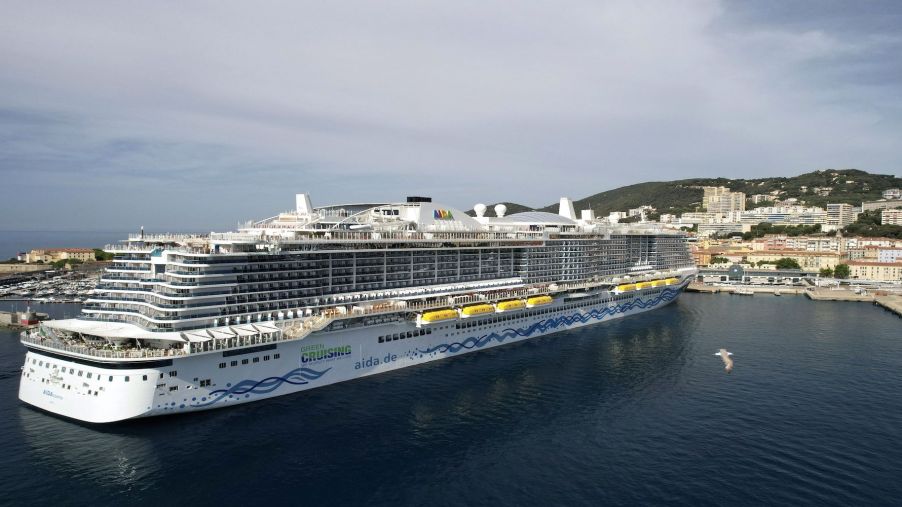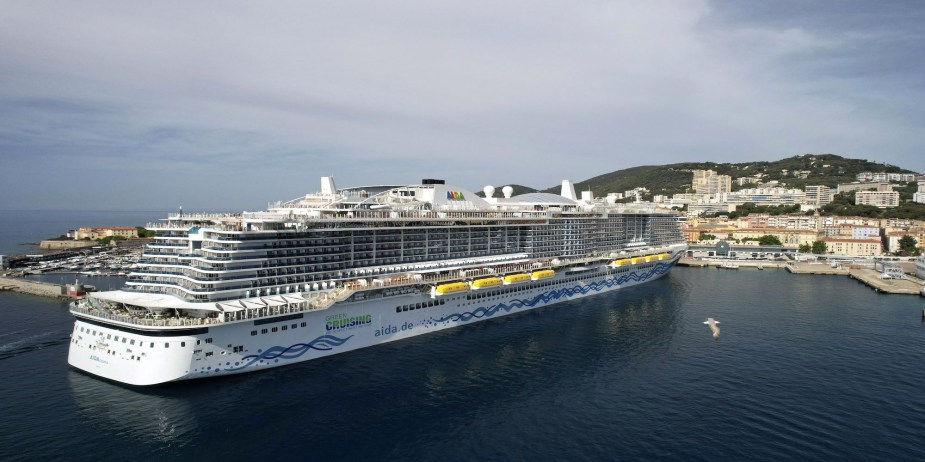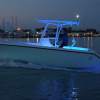
How Fast Do Cruise Ships Go?
If you’re about to board a fabulous boat and embark on a once-in-a-lifetime ocean journey, you may be wondering just how fast a cruise ship can go. Actually, there are a couple of ways to answer that question. Cruise ships can move surprisingly swift, but they don’t typically move as fast as they can.
A brief history of cruise ships and how fast they could go

As CruiseNation explains, the first vessel that would be defined as a cruise ship today was an ocean liner contracted to deliver mail. Founded by seamen Brodie McGhie, Arthur Anderson, and Captain Richard Bourne, the Peninsular & Oriental Steam Navigation Company got the gig delivering mail from England to Egypt in 1840. It was so successful that the P&O was awarded incorporation in the Royal Charter.
Four years later, in 1844, the P&O began advertising their steamship service to paying passengers who boarded at Southampton and traveled in style to Gibraltar, Malta, and Alexandria. Steamships of that era were capable of moving across the water at speeds between 11.25 and 14 knots per hour, explains GG Archives.
Today’s modern cruise ships can move a whole lot faster—averaging 18 to 22 knots—but don’t typically attain top speeds without a compelling reason to do so, says CruiseHive.
The fastest and slowest cruise ships in the world
Although 21st century cruise ships are bigger and heavier than their oceangoing predecessors, they tend to move slower for a number of reasons. One of these reasons is fuel economy, says Royal Caribbean whose fastest cruise ship, Harmony of the Seas, can attain speeds of 25 knots but rarely does. Why? As with land-based transport, the faster the speed, the more fuel consumed.
Other factors also determine cruise ship speed, explains Cruise Mummy. When the itinerary reveals plentiful time to the next port of call, cruise ships go slower. Cruise ships also tend to slow down as they approach ports and may even anchor at sea if it appears the boat will arrive too early. In regions such as Alaska, cruise ship captains generally go slower to avoid navigational hazards such as icebergs.
Weather can affect cruise ship speed, too. In rough or choppy seas, ships slow down to ensure passenger comfort. When a storm approaches, a cruise ship may speed up to move out of its path.
The difference between mph and knots
On land, speed is measured in miles per hour, or mpg. On water and in the air, speed is measured in knots. The reason for this is fascinating.
Long-ago mariners gauged their speed by tossing a buoyant object over the bow of their vessel, then counting how long it took before the stern caught up with the object. Known as a “Dutchman’s log,” this speed-measuring method typically used a piece of wood. In the late 1700s, sailors devised and employed a wedge-shaped, lead-weighted “chip log” for the same purpose. With its attached reel of rope knotted at uniform intervals, the chipboard was the world’s first navigational tool, explains Bright Hub Engineering.
The sailor’s chipboard required two persons to deploy—one to grip the reel of rope and another to toss the tool. An hourglass was used to measure the time it took for the boat to move away from the chip log. This ancient measuring tool offered only an approximation of speed, but it did give us the term ‘knots’ that is still used to measure ship speed today.
Converting knots to miles per hour is easy if you understand the formula. One knot is the rough equivalent of around 1.15 miles, so multiplying knots by 1.15077945 will tell you how fast a ship moves in mpg, explains Boat Safe.


